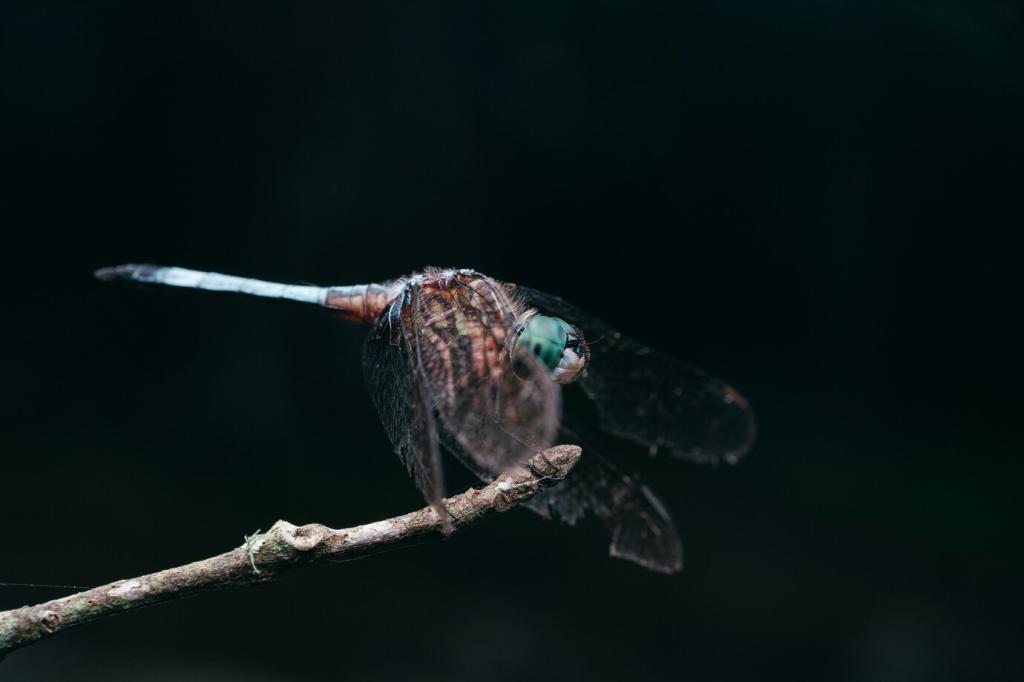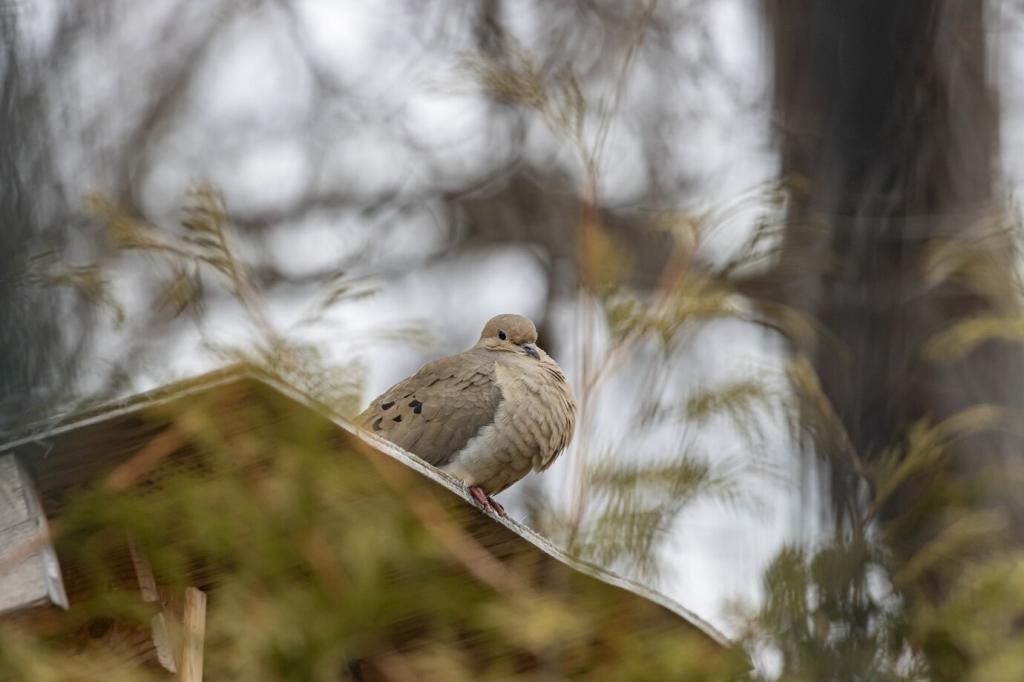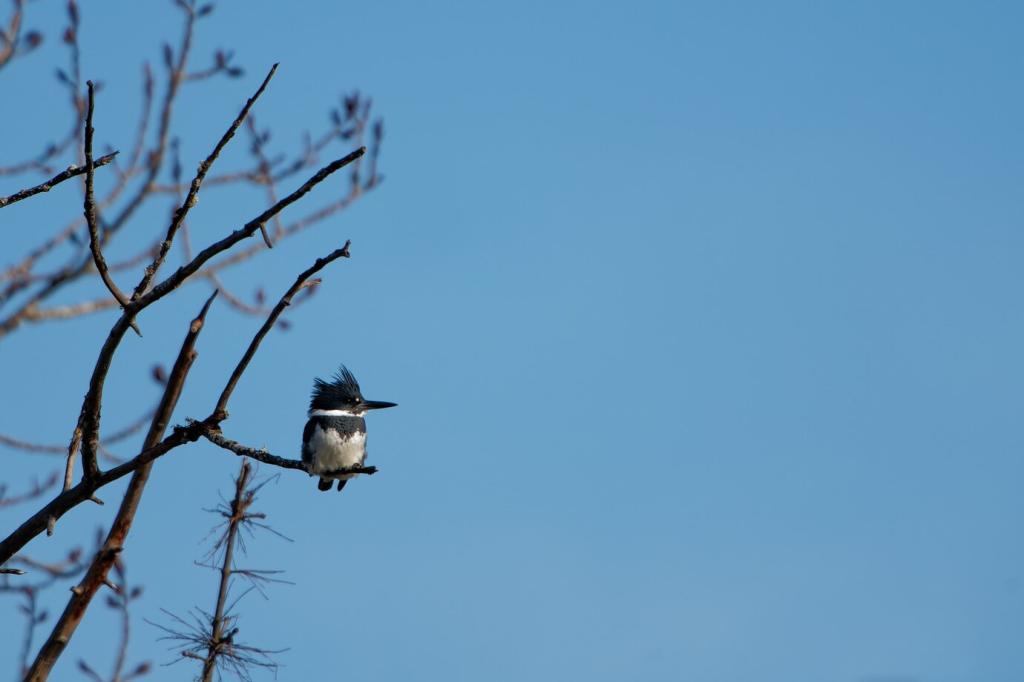The Evolutionary Logic of Blending In
Camouflage in birds is tuned to how predators actually see. Raptors detect motion and contrast, foxes rely on outlines and scent, while snakes sense subtle movements. Birds survive by muting contrasts and breaking silhouettes, exploiting blind spots in their enemies’ perceptual systems.
The Evolutionary Logic of Blending In
In dangerous habitats, even small camouflage advantages accumulate. A slightly mottled plumage, a quieter wing flash, or a better-matched nest substrate can tip survival odds, leaving more camouflaged genetics to shape the next generation’s feathers and instincts.



